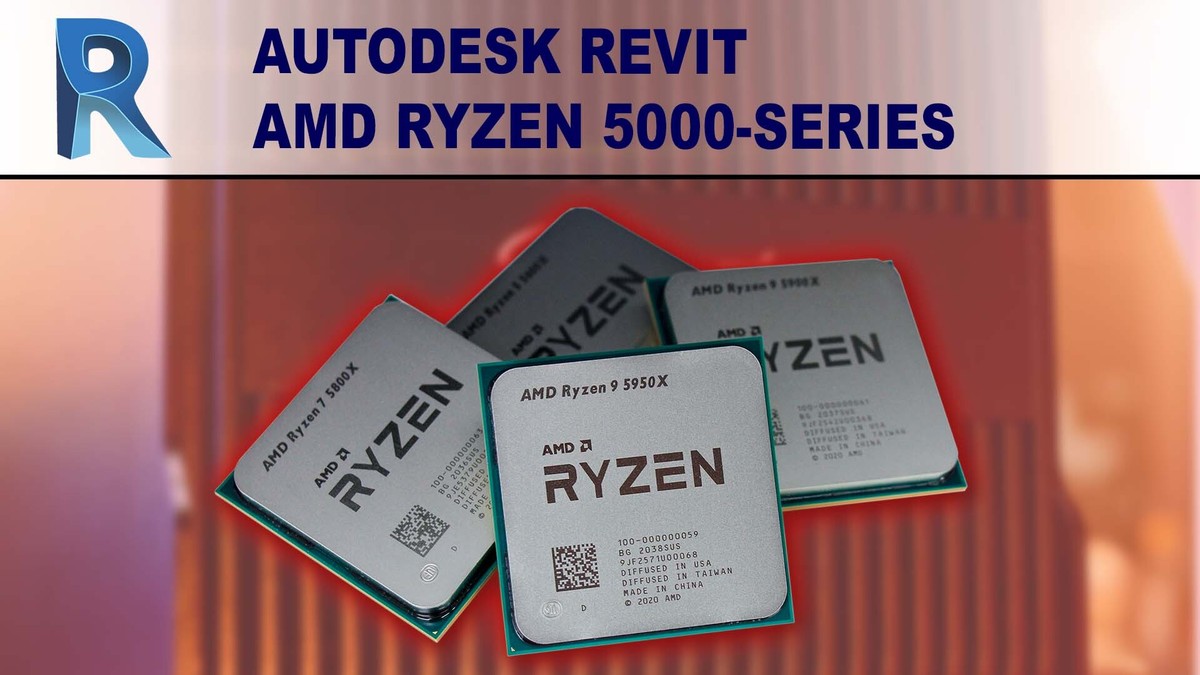AMD’s Ryzen 5000 Series processors have shown stellar performance across a wide range of applications so far, and now we have the opportunity to test them head-to-head against Intel’s Core series in Autodesk Revit 2021.


AMD’s Ryzen 5000 Series processors have shown stellar performance across a wide range of applications so far, and now we have the opportunity to test them head-to-head against Intel’s Core series in Autodesk Revit 2021.

AMD’s Ryzen 5000 Series processors have shown stellar performance across a wide range of applications so far, and now we have the opportunity to test them head-to-head against Intel’s Core series in SOLIDWORKS 2020.

Intel recently updated their mainstream Core processor series, and since we had tested SOLIDWORKS 2020 SP1 pretty recently we thought it would be good to run these new CPUs through the same testing to see how they compare with other Intel and AMD models.

A new version of Pix4D was released last month, and after testing we are happy to report that it brings with it a nice performance boost! We have compiled results from six processors to show roughly how much of an improvement you can expect when upgrading to Pix4Dmapper 4.5.6.

With the recent release of SOLIDWORKS 2020’s first service pack, as well as multiple new CPU launches from Intel and AMD in the past few months, we thought it would be a good time to do a roundup of processor performance in modeling, rendering, and simulations within SOLIDWORKS.

AMD’s Ryzen 3rd generation processors launched a few months ago, with both more cores and higher per-core performance than previous models in that series. Now AMD has released the top-end chip in this family, the Ryzen 9 3950X, with even more cores! In this article we will take a look at how it stacks up to a few other AMD and Intel processors in this application, focusing exclusively on rendering performance measured via Cinebench R20.

AMD’s Ryzen 3rd generation processors feature both an increase in core count and per-core performance over previous models, both of which directly improve rendering speeds in V-Ray Next. A few months after the initial launch, AMD has now released the Ryzen 9 3950X with even more cores! In this article we will take a look at how this chip handles V-Ray rendering, both in the pure CPU and GPU+CPU render pipelines.

Metashape, formerly known as PhotoScan, is a photogrammetry program that takes a set of images and combines them to create a 3D model or map. Processing of those images into point clouds and 3D meshes/textures is time-consuming, heavily using a computer’s CPU and GPU. With the release of AMD’s latest Ryzen 9 3950X processor, which combines a high core count with good per-core performance, we wanted to see how it and its sibling 3900X fare in this application compare to the reigning champ: Intel’s Core i9 9900K.

AMD’s new Ryzen 3rd generation processors feature both an increase in core count and per-core performance, allowing them to rival Intel’s mainstream Core processors in many professional applications. The first chips in this series did well with RealityCapture in our previous testing, but didn’t quite beat Intel’s Core i9 9900K, so now we are going to see how the top-end Ryzen 9 3950X fares.

AMD’s new Ryzen 3rd generation processors feature both an increase in core count and per-core performance, allowing them to rival and sometimes beat Intel’s mainstream Core processors in professional applications. Since AMD has finally released the top model in this series, the Ryzen 9 3950X, we decided to take a look at how it and some other competing CPUs handle Pix4D – which benefits from both core count and clock speed at various points throughout its workflow.